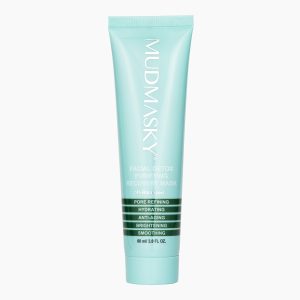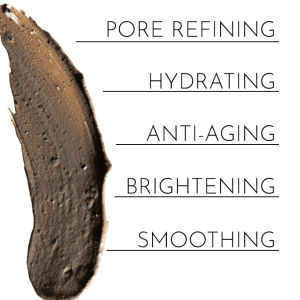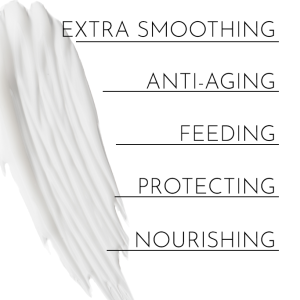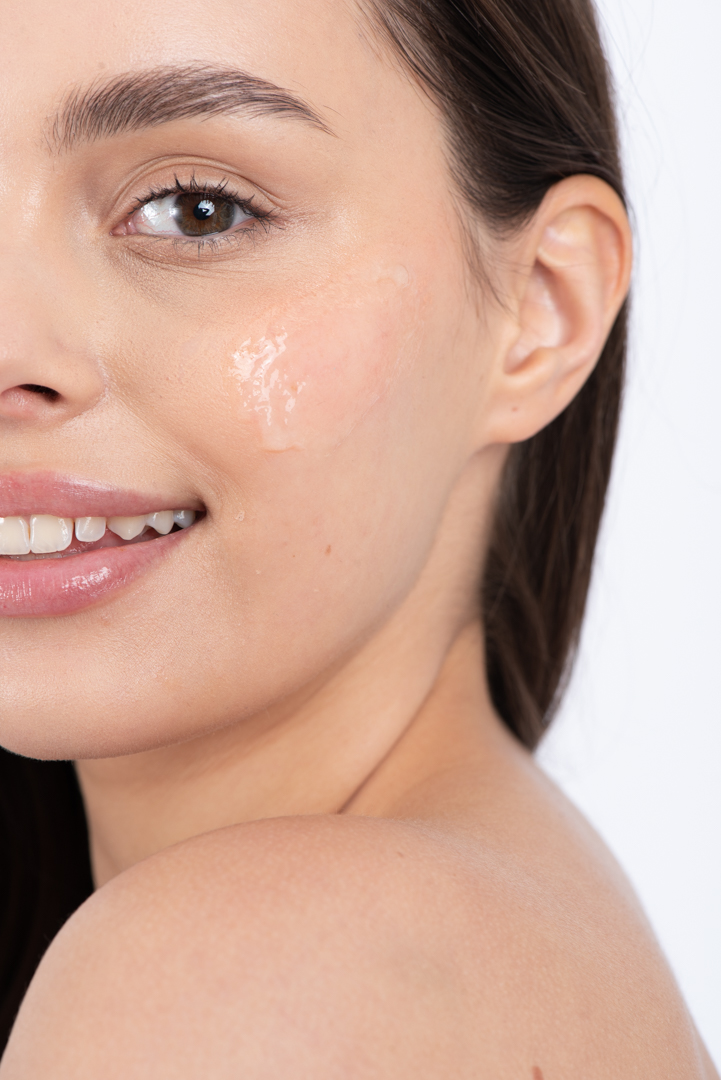In our previous blog, “The Niacinamide Trap”, we exposed the dark side of niacinamide, highlighting the irritation, breakouts, and long-term sensitivity it can cause. While niacinamide has been heavily promoted as a skincare miracle, countless users are now experiencing adverse reactions that the beauty industry fails to acknowledge.
Now that you understand the risks, the next step is finding safe alternatives that nourish and protect your skin without side effects. In this follow-up, we will dive deeper into how to repair skin damage from niacinamide, what natural ingredients to use instead, and which niacinamide-free products actually work.
What is Niacinamide?
But let’s start to first answer what Niacinamide really is.
Niacinamide, a form of vitamin B3, has been widely promoted as a miracle skincare ingredient that helps brighten skin, reduce redness, and regulate oil production. It is now found in nearly every type of skincare product, from serums and moisturizers to sunscreens and cleansers.
However, despite its popularity, niacinamide is not suitable for everyone. Many users report experiencing redness, irritation, and breakouts, leading to concerns about its long-term effects on the skin. While brands continue to push niacinamide as a must-have ingredient, the truth is that its risks often outweigh the benefits.
In this blog, we explore the side effects of niacinamide, why it might be damaging your skin, and the best natural alternatives to keep your skin healthy, without the irritation.
1. Recovering from Niacinamide Damage
If you’ve been using niacinamide and noticed increased sensitivity, redness, or persistent breakouts, your skin might be in distress. Overexposure to this ingredient can weaken the skin barrier, leading to inflammation, dehydration, and heightened reactivity to skincare products.
1.1. How to Reverse Niacinamide Sensitization
✅ Stop using niacinamide immediately and give your skin a break from actives.
✅ Repair your skin barrier with gentle, nourishing ingredients that hydrate and soothe.
✅ Avoid harsh exfoliants like AHAs and retinol while your skin heals.
✅ Use a minimal skincare routine with a focus on hydration and protection.
🔍 Signs that your skin barrier needs recovery:
- Persistent redness and irritation
- Increased breakouts and rough texture
- Skin feeling tight, itchy, or overly dry
- A stinging sensation when applying basic skincare
2. The Best Natural Alternatives to Niacinamide
The skincare industry has conditioned consumers to believe that niacinamide is essential, but in reality, there are better, safer, and natural alternatives that deliver the same benefits—without the risk.
2.1. For Brightening and Even Skin Tone: Licorice Root Extract
Instead of niacinamide, licorice root extract helps fade hyperpigmentation, reduce redness, and even out skin tone without causing irritation.
✅ Gently brightens the skin
✅ Reduces redness and dark spots
✅ Natural and well-tolerated by sensitive skin
2.2. For Strengthening the Skin Barrier: Ceramides & Squalane
Ceramides and plant-based squalane help repair and protect the skin barrier, preventing irritation and dehydration caused by harsh actives.
✅ Strengthens and hydrates the skin
✅ Reduces sensitivity and redness
✅ Protects against environmental damage
2.3. For Oil Control and Acne: Witch Hazel & Azelaic Acid
Many people use niacinamide to regulate oil production, but witch hazel does the job without causing overproduction of sebum or breakouts.
✅ Controls excess oil production
✅ Reduces inflammation and redness
✅ Clears acne without clogging pores
3. The Best Niacinamide-Free Skincare Solutions
Now that we know niacinamide is not the answer, let’s talk about what actually works. Many skincare brands overload their products with synthetic actives, but MUDMASKY offers natural, gentle, and effective skincare solutions that restore and protect your skin, without populair chamicals like niacinamide.
3.1. Best for Skin Barrier Repair: Aftermask Vitamin Serum
Instead of niacinamide, this serum uses a blend of natural antioxidants and vitamins to hydrate and strengthen the skin barrier.
✅ Deeply hydrates and restores moisture
✅ Soothes irritation and reduces redness
✅ Supports long-term skin health without synthetic actives
💡 Why it’s better than niacinamide:
✔ Uses natural ingredients that work with your skin, not against it
✔ Free from harsh, irritating actives
✔ Strengthens the skin barrier without disrupting it
3.2. Best for Brightening & Purifying: Vitamin-A Booster Blue Clay Mask
This clay mask utilizes bakuchiol, a natural alternative to retinol, to refine pores and brighten the skin without the risks of synthetic actives.
✅ Tightens pores and smooths skin texture
✅ Gently brightens the complexion
✅ Safe for all skin types
💡 Why it’s better than niacinamide:
✔ Natural and free of harsh chemicals
✔ No risk of long-term sensitivity or irritation
✔ Works with the skin’s natural processes
4. Final Thoughts: Say Goodbye to Niacinamide and Hello to Natural Skincare
If niacinamide has left your skin irritated, breaking out, or overly sensitive, it’s time to break free from the hype. The beauty industry has pushed this ingredient into nearly every skincare product, but that doesn’t mean it’s right for your skin.
Natural ingredients provide a safer, more effective way to care for your skin—without the risk of long-term damage.
👉 If you’re ready to switch to a healthier skincare routine, explore MUDMASKY’s niacinamide-free, natural skincare solutions today!
💡 Read our previous blog: “The Niacinamide Trap” to learn more about the dangers of niacinamide!
What is Niacinamide?
Niacinamide, a form of vitamin B3, has been widely promoted as a miracle skincare ingredient that helps brighten skin, reduce redness, and regulate oil production. It is now found in nearly every type of skincare product, from serums and moisturizers to sunscreens and cleansers.
However, despite its popularity, niacinamide is not suitable for everyone. Many users report experiencing redness, irritation, and breakouts, leading to concerns about its long-term effects on the skin. While brands continue to push niacinamide as a must-have ingredient, the truth is that its risks often outweigh the benefits.
In this blog, we explore the side effects of niacinamide, why it might be damaging your skin, and the best natural alternatives to keep your skin healthy—without the irritation.




